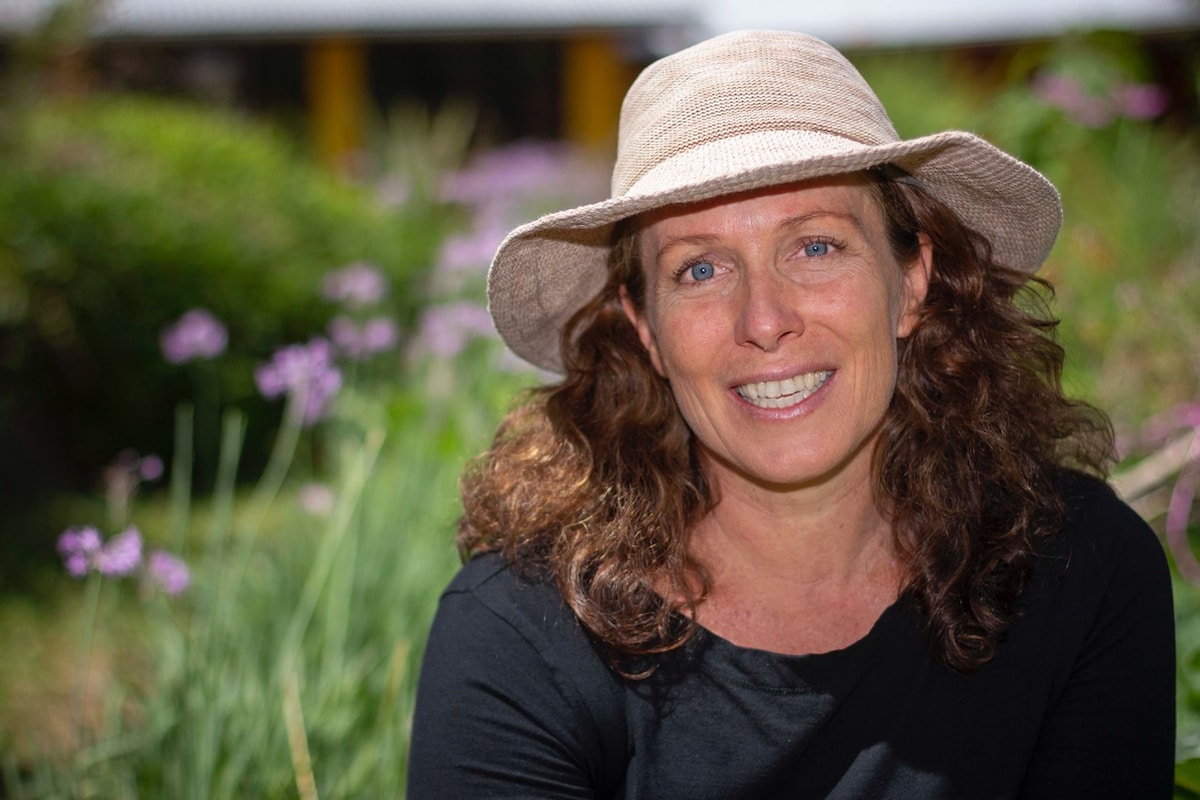The Queensland town of Woodford, an hour north of Brisbane, is famous for its long-running folk festival.
And while music is definitely good for the soul, venture a further 30 minutes north, and you’ll find a village that’s good for the soul and the earth.
The Crystal Waters eco-village, established over 30 years ago, is home to around 250 people of all ages and backgrounds, who all share a common purpose – to live a sustainable life that has little impact on the world. The eco-village has also received an award from the UN for demonstrating low-impact and sustainable ways of living





